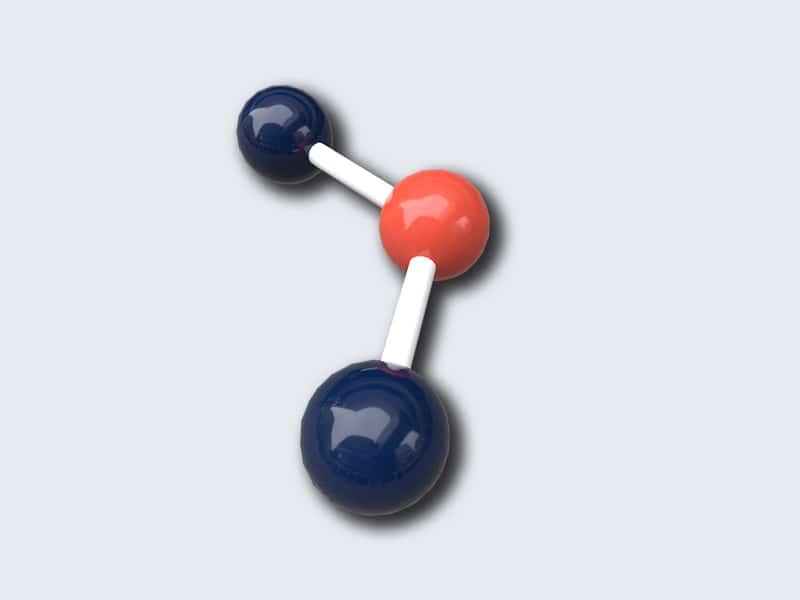
Hydrogen Sulfide
Formula: H2S | CAS: 7783-06-4
Detecting hydrogen sulfide: Exposure at higher levels can result in death almost instantaneously
What is hydrogen sulfide gas?
Hydrogen Sulfide or sulphide (H2S) is a gas commonly found during the drilling and production of crude oil and natural gas, plus in wastewater treatment and utility facilities and sewers. The gas is produced as a result of the microbial breakdown of organic materials in the absence of oxygen. Colourless, flammable, poisonous and corrosive, H2S gas is noticeable by its rotten egg smell. With toxicity similar to carbon monoxide, which prevents cellular respiration, monitoring and early detection of H2S could mean the difference between life and death.
It is also used or is a by-product in many industrial processes such as:
- Petroleum production and refining
- Sewer and wastewater treatment
- Agricultural silos and pits
- Textile manufacturing
- Pulp and paper processing
- Food processing
- Hot asphalt paving
- Mining
Health effects following inhalation of high concentrations of hydrogen sulphide may include collapse, inability to breathe and death within minutes. A range of effects on the nervous and cardiovascular system may occur following single or repeated exposures to high hydrogen sulphide concentrations. Skin discolouration, pain, itching, skin redness and local frostbite may occur if skin is exposed to compressed hydrogen sulphide liquid. Eye exposure may cause irritation, inflammation, tearing, sensitivity to light and conjunctivitis.
– GOV.UK
Effects of Short & Long term exposure to hydrogen sulfide
SHORT TERM EXPOSURE: (ACUTE)
Gas is a silent threat, often invisible to the body’s senses. Inhalation is the primary route of exposure to hydrogen sulphide. Though it may be easily smelled by some people at small concentrations, continuous exposure to even low levels of H2S quickly deadens the sense of smell (olfactory desensitisation). Exposure to high levels of the gas can deaden the sense of smell instantly. Although the scent of H2S is a characteristic, smell is not a dependable indicator of H2S gas presence or for indicating increasing concentrations of the gas.
LONG TERM EXPOSURE: (CHRONIC)
Those having prolonged exposure to high enough levels of H2S gas to cause unconsciousness may continue to experience headaches, reduced attention span and motor functions. Pulmonary effects of H2S gas exposure may not be apparent for up to 72 hours following removal from the affected environment. Delayed pulmonary edema and a build-up of excess fluid in the lungs may also occur following exposure to high concentrations.
Gas Factsheet
Everything you need to know about detecting hydrogen sulfide
Our Gas Factsheets which is available to download below provides you with key information on the exposure limits and the locations of where potentially harmful gases can occur. We also share information on gas detection monitoring techniques and equipment that can help you manage gas detection in the workplace, for worker and site safety.

Detecting Hydrogen Sulfide
Formula: H2S | CAS: 7783-06-4
Synonyms: hydrogen sulfide, hydrosulfuric acid, sewer gas, sulfuretted hydrogen, hydrogen sulphide
Related Products
Download your Gas Factsheet
Click here to obtain your Gas Factsheet on Hydrogen Sulphide.









